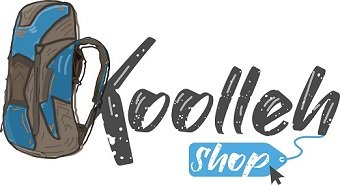Handicrafts Qazvin Iran

Carpet weaving
Qazvin Textile Carpet is one of the most exquisite woven carpets in Iran which is unfortunately forgotten and only a few of them can be found in museums and private collections.
Rug weaving
This art is common in almost all villages of Qazvin. The important centers of textile weaving can be found in Rudbar Alamut, Rudbar County, Ardak and Zia Abad.
Jajim weaving
This art has a relatively long history in Qazvin province in most of the villages of Jajim weaving, but unfortunately most of its workshops are out of production. Raw materials are jejunal wool fabric, usually made by rural women. In addition to Chinese wool, women dye them with local and herbal dyes. It is worth noting that nowadays colored dyes are used in Jajim weaving. In the fall and winter unemployment seasons set up Jajim workshop in the room and nomads work in Jajim weaving from early spring and late winter. .
Pen weaving (weaving tape)
They used to knit pennies with silk yarns, but nowadays they also use nylon threads. Taper or snake or half interference. In the past, penny weave or garment strips were very common in the districts of Rudbar County and Alamut.
Weaving
Wave is a traditional type of woven fabric that is still prevalent in some areas of the art. Like many other handicrafts in the region, the art has become less faded with the use of factory artifacts that are both cheaper and more versatile. It has delicate fabrics for the production of thicker fabrics, most commonly used as blankets, blankets, blankets, curtains, bed sheets, and prayers.
Embroidered Rose
In the old days it was common for middle class and upper class to decorate some of the bride’s personal belongings, such as make-up boxes, shoulder pads, money bags, stamps, and so on. This art is like needlework, with the exception of the use of very thin gold or brass rods instead of yarn.
Embroidered Mercury
Qazvin and Takestan are among the centers of this industry. At present, the produced pigs in this province are slightly different from those in Yazd, Abadeh, and Kermanshah, and in this province the bottom of the pigs is plastic or leather (a way of making old fabrics and leather straps). ) And is used in the so-called Maleki pigs is not produced in this province.






Leave A Comment
You must be logged in to post a comment.